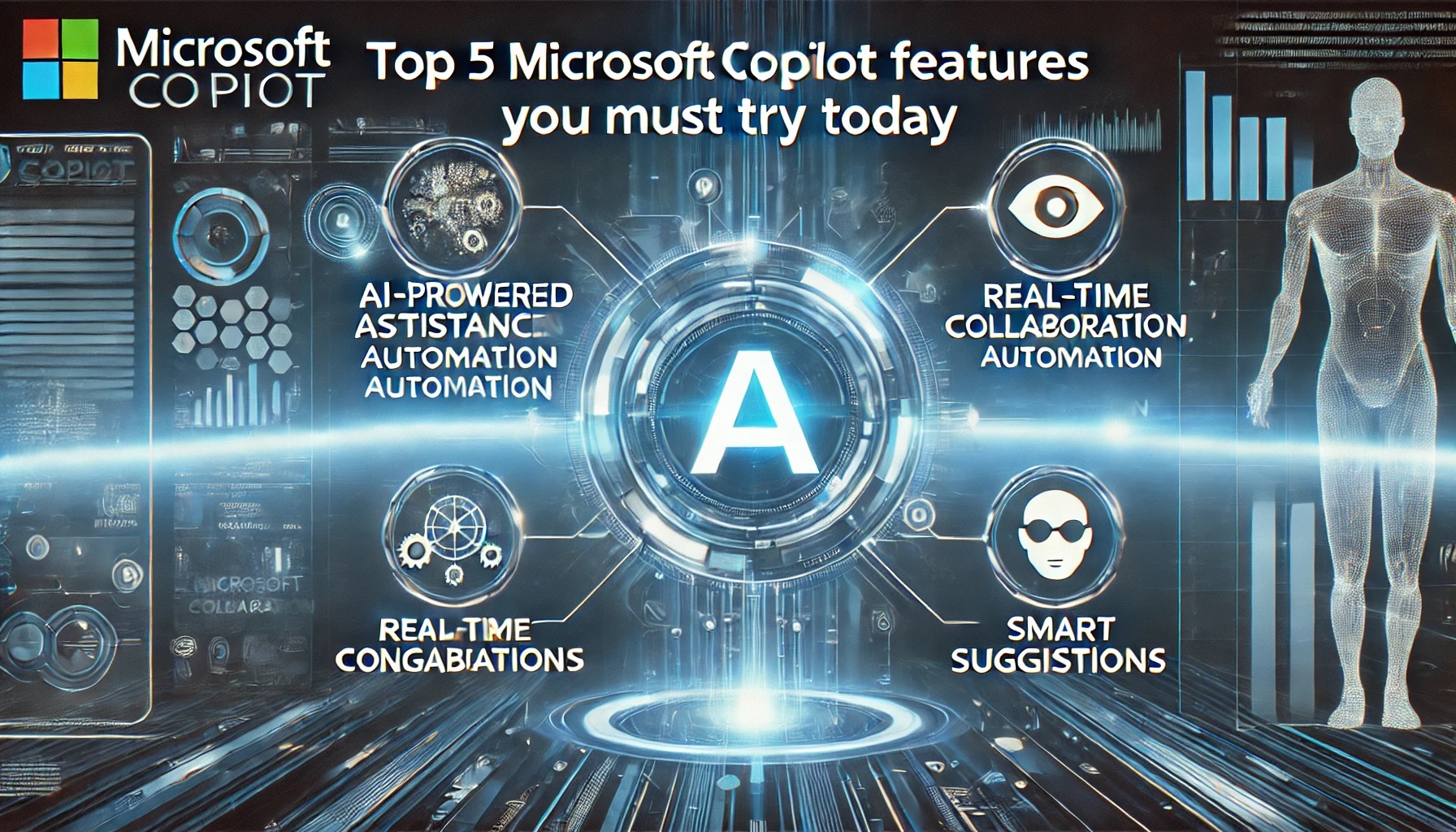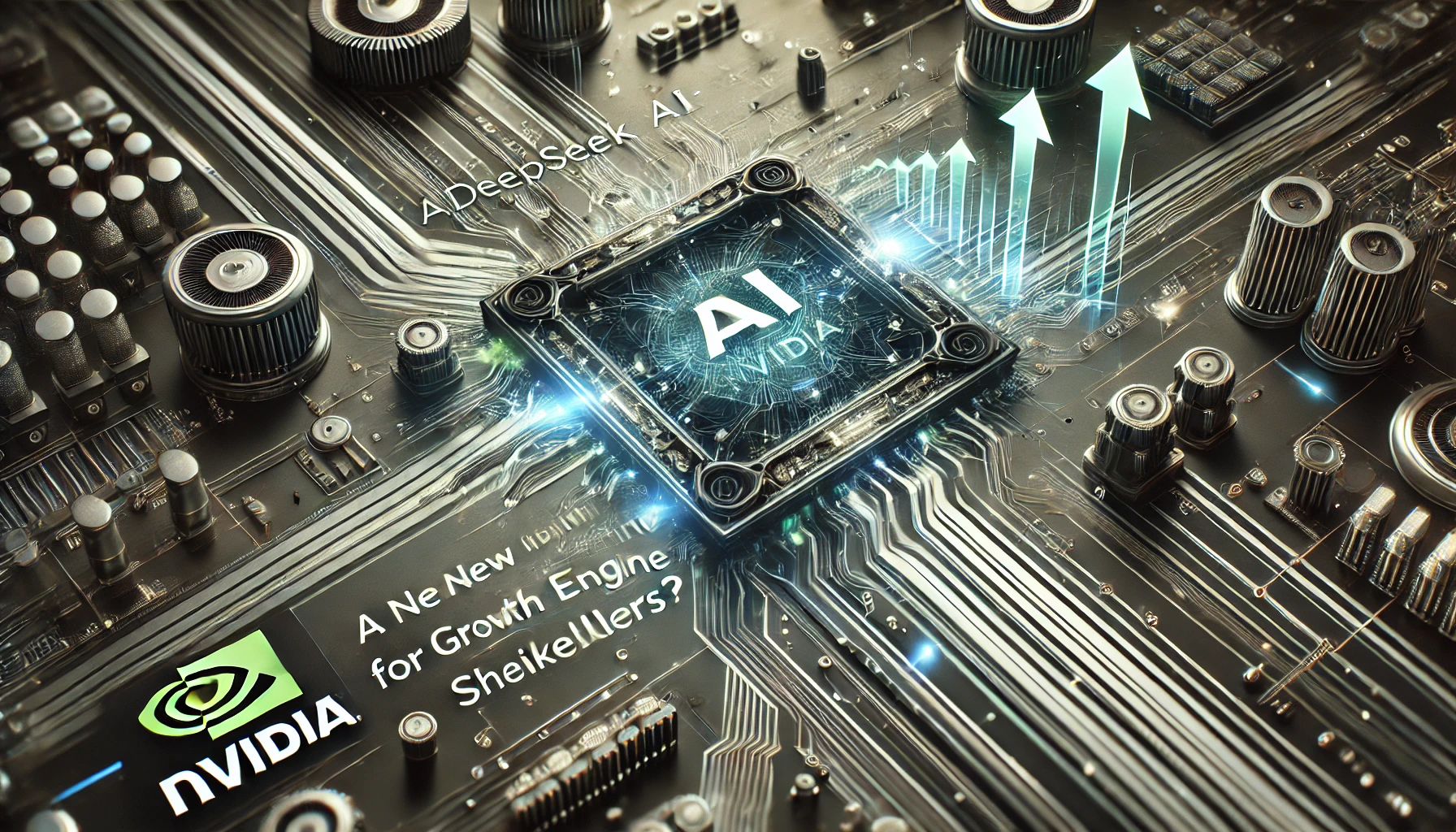The artificial intelligence (AI) industry is buzzing with the latest report that OpenAI plans to significantly reduce Microsoft’s revenue share from their lucrative partnership. According to internal projections cited by Reuters via The Information, OpenAI intends to cut Microsoft’s share from 20% to just 10% before 2030 as part of a broader recapitalization strategy.
OpenAI Plans to Halve Microsoft’s Revenue Share by 2030: What It Means for AI’s Future
This move signals a major shift in OpenAI’s financial strategy and could reshape the dynamics of one of the most influential partnerships in AI. But what does this mean for both companies, investors, and the future of AI development? Let’s break it down.
Why Is OpenAI Reducing Microsoft’s Revenue Share?
Under the current agreement, Microsoft receives 20% of OpenAI’s revenue through the end of the decade. However, OpenAI has reportedly informed investors that this figure will drop to 10% as part of a recapitalization plan currently in progress.

An OpenAI spokesperson stated:
“We continue to work closely with Microsoft and expect to finalize new terms soon.”
This adjustment follows OpenAI’s nonprofit parent’s decision to retain control over the company, ensuring its mission of “safe and beneficial AI” remains at the core. Additionally, Microsoft recently revised its agreement after Oracle and SoftBank proposed a joint AI data center venture, suggesting that OpenAI is exploring ways to diversify its infrastructure partnerships.
Despite these changes, Microsoft maintains that the core aspects of its OpenAI partnership remain intact through 2030.
What Does This Mean for Microsoft?
Microsoft has been one of OpenAI’s biggest backers, investing over $13 billion in the AI startup. In return, Microsoft gained exclusive cloud computing rights (via Azure) and a significant revenue share from OpenAI’s commercial products, including ChatGPT Enterprise and API services.
Potential Impacts on Microsoft:
- Reduced Revenue Stream – A 50% cut in revenue share means Microsoft will earn significantly less from OpenAI’s growth, even as AI adoption skyrockets.
- Strategic Adjustments – Microsoft may seek new AI partnerships (e.g., with Mistral AI or in-house developments like Copilot) to offset the loss.
- Cloud Competition – If OpenAI works with other cloud providers (like Oracle or Google), Microsoft’s Azure dominance in AI could face challenges.
However, Microsoft’s deep integration of OpenAI’s models into its products (Windows, Office, Azure) ensures it remains a key player in AI, regardless of revenue share adjustments.
Why Is OpenAI Making This Move?
OpenAI’s decision aligns with its long-term vision of independence and sustainability. Here are the likely reasons:
1. Reducing Dependence on a Single Partner
By lowering Microsoft’s revenue share, OpenAI can forge new alliances (like potential deals with Oracle, SoftBank, or others) without over-relying on one tech giant.
2. Retaining Nonprofit Control
OpenAI’s unique nonprofit governance structure ensures that profits don’t override its ethical AI mission. Reducing Microsoft’s financial stake may help maintain this balance.
3. Preparing for IPO or New Funding
The recapitalization plan suggests OpenAI could be preparing for an IPO or seeking new investors, allowing it to raise capital while retaining control.
How Will This Affect the AI Industry?
This shift could have ripple effects across the AI ecosystem:
1. More Competition Among Cloud Providers
If OpenAI partners with Oracle, Google Cloud, or AWS, the AI infrastructure market could become more competitive, driving innovation and lower costs.
2. New AI Investment Opportunities
With OpenAI potentially opening up to new investors, venture capital firms and tech giants may increase their AI bets, accelerating advancements.
3. Stronger Focus on Ethical AI
By reducing reliance on a single corporate backer, OpenAI may have more freedom to prioritize safety and ethics over pure profitability.
What’s Next for OpenAI and Microsoft?
While the revenue share reduction is significant, Microsoft and OpenAI remain tightly integrated. Key points to watch:
- Finalization of New Terms – The exact timeline and conditions of the revised deal.
- OpenAI’s Next Partnerships – Will Oracle, SoftBank, or others step in as major infrastructure partners?
- Microsoft’s Countermove – Will Redmond invest more in its own AI models to reduce dependency on OpenAI?
Final Thoughts
OpenAI’s decision to cut Microsoft’s revenue share by half marks a pivotal moment in the AI industry. While Microsoft remains a critical partner, OpenAI is clearly positioning itself for greater independence and flexibility.
For businesses and investors, this signals that AI’s competitive landscape is far from settled, with new alliances and innovations on the horizon.
What do you think? Will this move strengthen OpenAI’s mission, or could it strain its relationship with Microsoft? Let us know in the comments!










